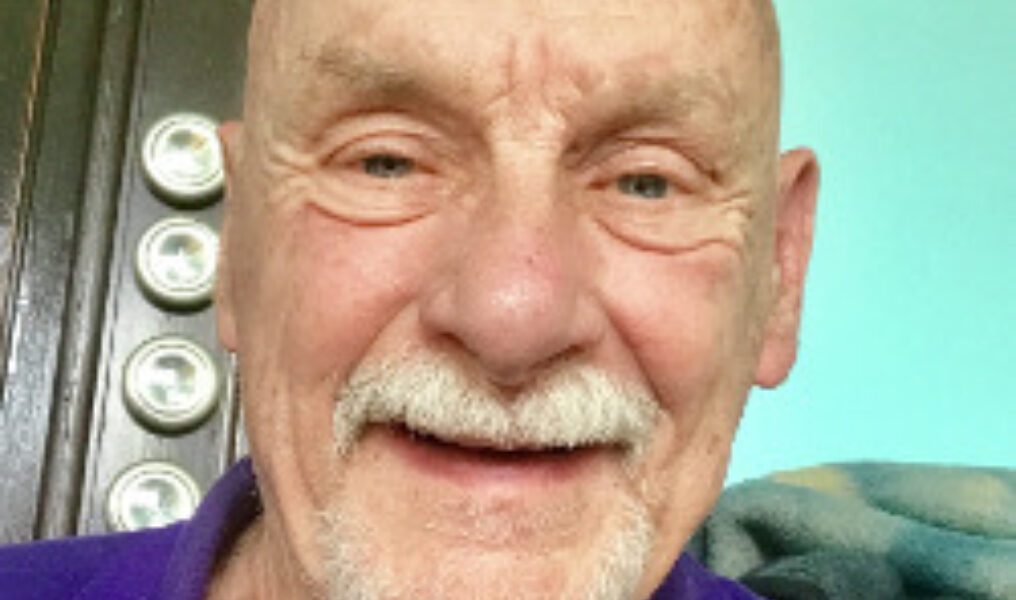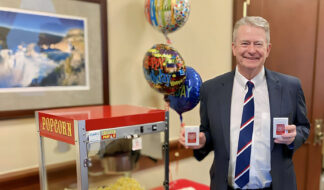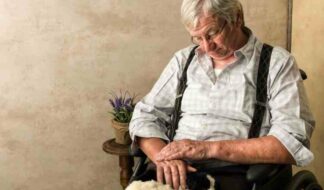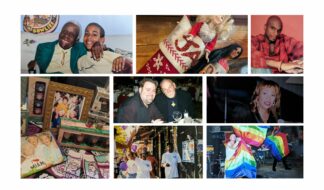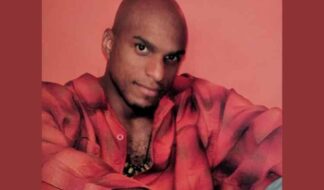As a gay teenager I hung out at the Hub Grill in downtown Detroit, a greasy spoon of a place, located at Farmer and Bates Streets, in convenient walking distance of four quite popular gay bars, city hall and the 1st Precinct police station!
Just out of high school I was eager to find work and a gay friend, George Trapper ("Trapezoid") told me that Harper Hospital, where he worked, was hiring high school grads to be trained as OR techs — operating room technicians. Impressive title.
That sounded like a great lead for many reasons. One, was that I was born at Harper Hospital. (I hadn't the slightest idea that my OR training would lead to what might well be the first coincidence of its kind.)
My training as an OR Tech lasted two months. I learned how to wash my hands with antiseptic, gown without breaking sterile scrub, how to identify and pass surgical instruments and chromic sutures, how to keep detailed records, use the autoclave, do sponge counts and once, deal with a dying patient.
In time, I passed instruments for several caesarian section births, witnessed a four-holed drilled crainotomy, circulated during dozens of tonsillectomies, collected specimens for D&Cs -— "dusting and cleaning" -— and circulated as a patient died on the operating table.
(I and another OR tech ID-tagged his right-hand thumb and toe, and took his body three flights down for temporary freezer storage. As it was our first experience with death, we sought to dispel the unexpected shock by touches of tension-easing humor.)
The shortage of operating nurses during World War II -— an understandable, critical need -— led to the training of lay persons to fill the acute shortage. In the late '50s there was also an extensive need for surgical nurses in metropolitan hospitals, resulting in the training of laypersons — like high school grads and conscientious objectors avoiding service in the war.
As a Harper Hospital OR Tech, I made mental notes about who might be gay or lesbian. I suspected the rather butch nurse responsible for keeping surgical tools sharp, honed and sterile was a "friend of Dorothy's." We techs were also warned about the physician head of anesthesia, and not to accept rides on his summer yacht.
There were, at the time, 13 operating rooms at Harper, numbered one through 14. There was no number 13.
Once I attended my third surgical go-around, the sight of blood no longer bothered me. I also found out that surgery often was subject to participant talk about sports, touches of humor and tension-dispelling banter among the interns, residents and surgical chiefs.
Each surgery ended with what was called a "sponge count." No surgical opening could be sewn shut until the blood-absorbing sponges were accounted for. None left in the patient. Alas, one surgery a sponge was missing. We recounted and recounted. Finally, a resident admitted to standing on the truant sponge. Was it an accident or an OR prank?
And! What may well be an item for the Guiness Book of World Records, I had the privilege of scrubbing with the doctor who brought me into the world some 19 years earlier, Dr. Leonard Heath.
Whether or not I was his first gay baby is not known, but it was a memorable experience for me and presumably, an elated Dr. Heath.
<TAGLINE Charles Alexander is prolific both as a BTL columnist (700-plus columns) and as a well-known LGBT community artist (1000 Facebook images). He is a Spirit of Detroit Award recipient and an Affirmations LGBT CENTER Jan Stevenson awardee. Connect with him at [email protected].>
Parting Glances: Memories of A Near-Forgotten Past (Pt. 7)
